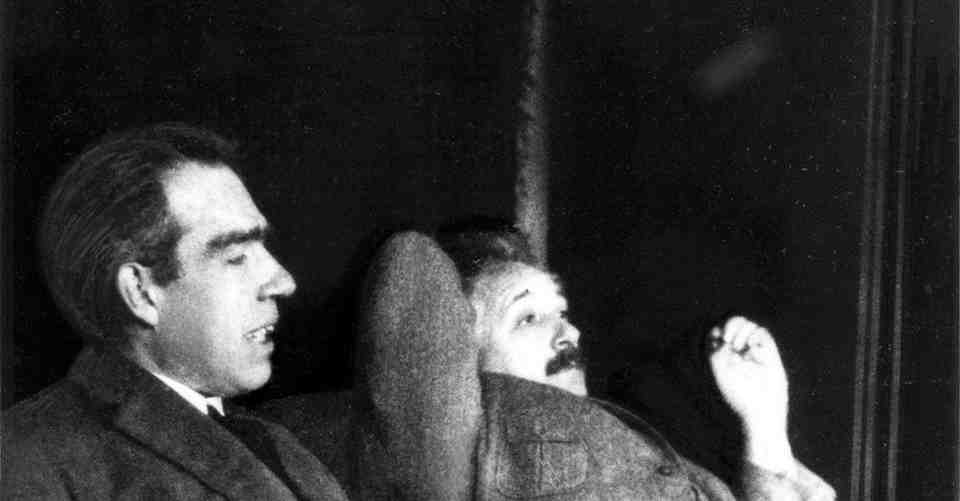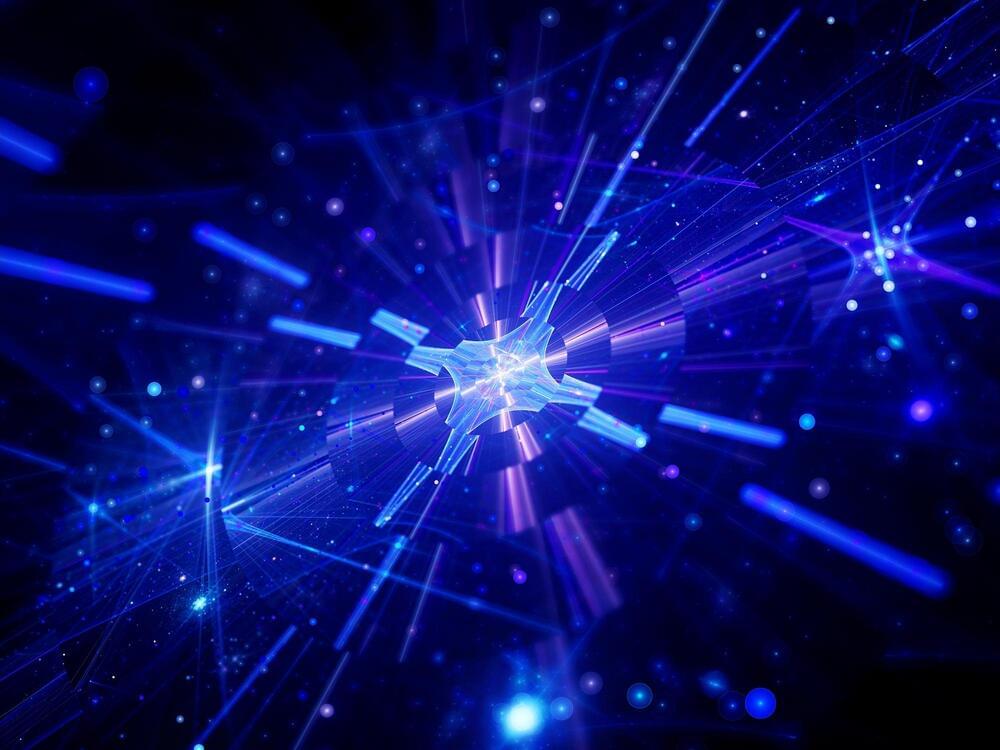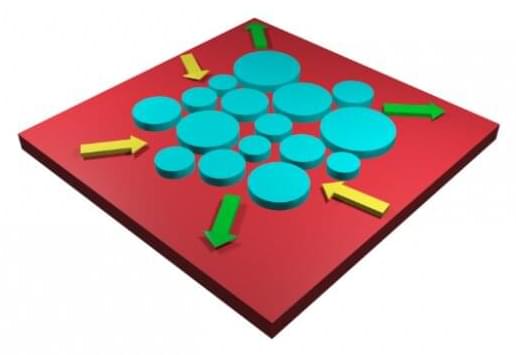The physics of walking for multi-legged animals and robots is simpler than previously thought. That is the finding described by a team of roboticists, physicists and biologists in the Sept. 5 issue of the Proceedings of the National Academy of Sciences, in a paper titled “Walking is like slithering: a unifying, data-driven view of locomotion.”
“This is important because it will allow roboticists to build much simpler models to describe the way robots walk and move through the world,” said paper coauthor Nick Gravish, a faculty member in the Department of Mechanical and Aerospace Engineering at the University of California San Diego.
The researchers had previously studied ant walking and wanted to see how their findings could be applied to robots. In the process, they discovered a new mathematical relationship between walking, skipping, slithering and swimming in viscous fluids for multi-legged animals and bots.


